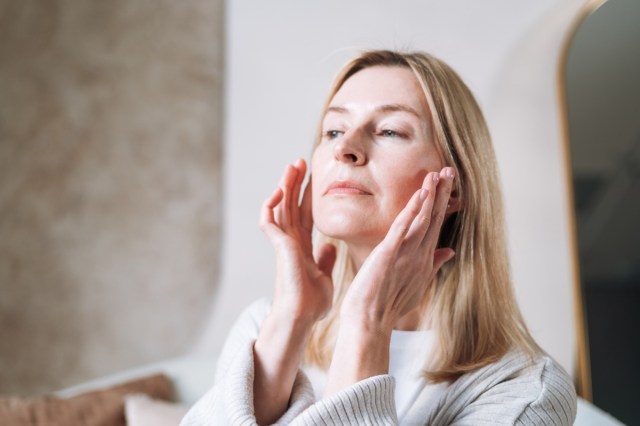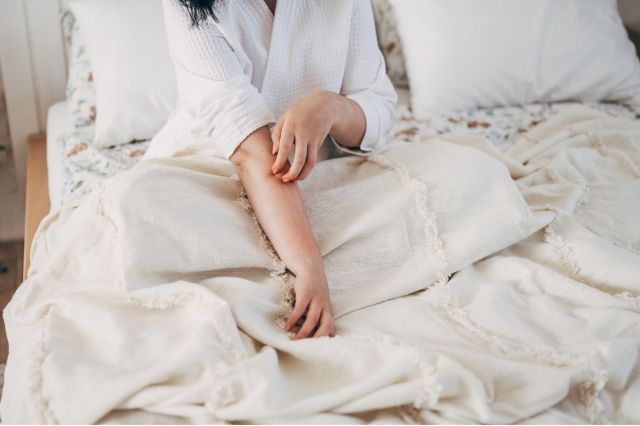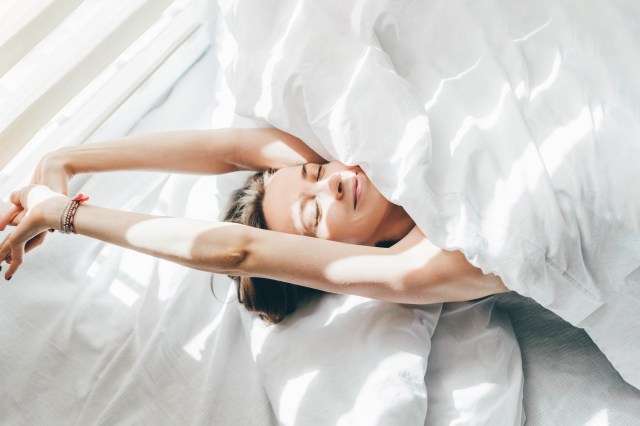Achoo! More than 50 million people in the U.S. suffer from seasonal allergies, triggered by the different types of pollen that appear in the spring, summer, and fall. These reactions can vary, from congestion to sneezing, runny nose, itching, and watery eyes, and are downright frustrating. Many people turn to allergy medication, especially antihistamines and decongestants, but there are other easy ways to avoid, prevent, and relieve seasonal allergy symptoms.
All featured products and deals are selected independently and objectively by the author. Better Report may receive a share of sales via affiliate links in content.
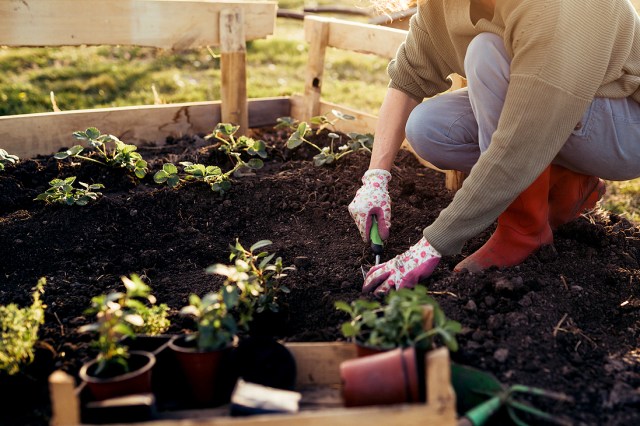
Avoid Peak Pollen Time
The best way to reduce allergies is to avoid coming into contact with pollen. Pollen levels fluctuate throughout the day and season based on the plant species. A recent study indicates that, on average, pollen levels are lowest between 4 a.m. and noon. They continue to rise later in the day, with the highest levels occurring between 2 p.m. and 9 p.m., so it might be best to do outdoor workouts, chores, and activities in the morning. This is important to consider around the house, too. Avoid opening your windows during peak pollen times and on windy days when pollen is more likely to be blown around.
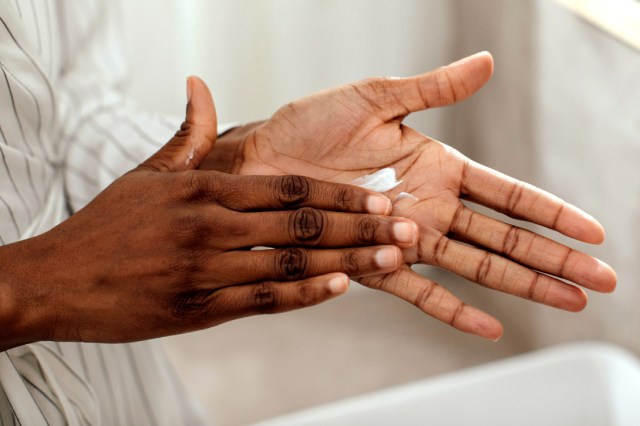
Apply Vaseline to Your Nostrils
Keep a stash of Vaseline (or a similar type of petroleum jelly or balm) on hand for when pollen levels are at their highest. Applying a thin layer to the inside of your nostrils will help trap pollen before it enters your body. Vaseline can also soothe dry or cracked nostrils irritated by constant nose blowing due to allergies. If this doesn’t cut it, consider wearing a face mask while doing high-allergy-risk activities such as mowing the lawn or gardening.

Use Technology
Technology can help you track peak pollination times in your area. In addition to watching the local news for the daily pollen count, several websites and mobile apps provide in-depth data, giving allergy sufferers real-time access to pollen counts. Apps like AllergyCast and My Pollen Forecast feature interactive pollen maps, allowing users to plan outdoor activities during lower pollen times.
Reader Favorites
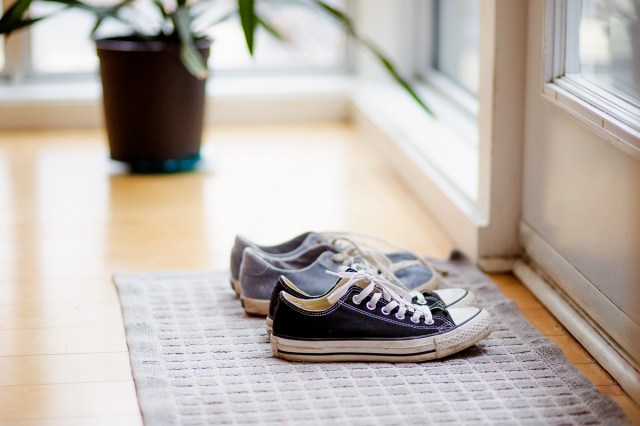
Remove Clothing and Shoes Right Away
This solution takes less than 30 seconds, and can significantly decrease your pollen exposure. Pollen latches onto fabrics, so continuing to wear the same shirt and pants that you wore to the park can bring those allergens indoors. Instead, keep “indoor-only” outfits ready to quickly change when you get home. Similarly, shoes can track lots of pollen into the house. Remove them immediately after coming inside, or better yet, keep them outside in the garage or on the patio. If your allergies are especially bad, consider showering as soon as you get home to remove any excess pollen from your skin and hair. If you can’t get into the shower, make sure to thoroughly wash your hands and face.
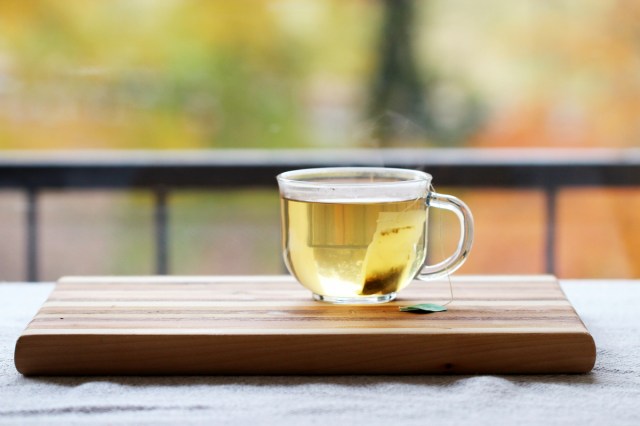
Drink Green Tea
Try starting your day with a cup of green tea during allergy season. Allergic rhinitis is caused by the body’s reaction to contact with allergens. The body releases a natural chemical called histamine, responsible for the irritating symptoms. Green tea contains antihistamines that could help reduce the impacts of allergens. It is also rich in quercetin, an antioxidant that stabilizes the immune cells that release histamine, which can also reduce allergy symptoms.
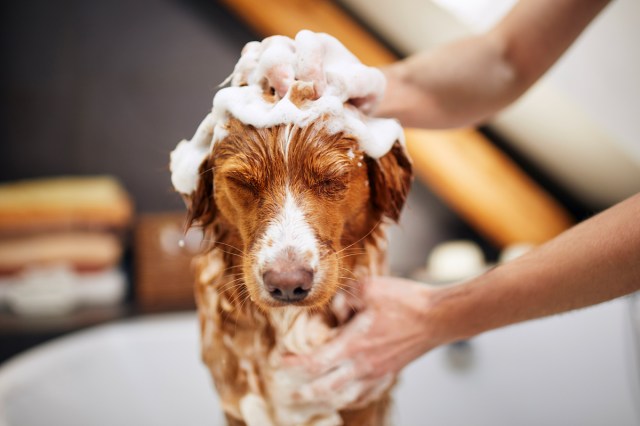
Bathe Your Pet Often
Don’t forget about your four-legged friends. Pollen clings to animal fur and can cause pesky allergy symptoms for pets and their owners, especially if the pet spends a lot of time outdoors. Bathing pets more often or wiping their fur with pet-friendly wipes during high pollen times can help keep everyone healthy and happy.
Featured Image Credit: edoronila/ Unsplash
More From Our Network
Better Report is part of Inbox Studio, which publishes content that uplifts, informs, and inspires.











